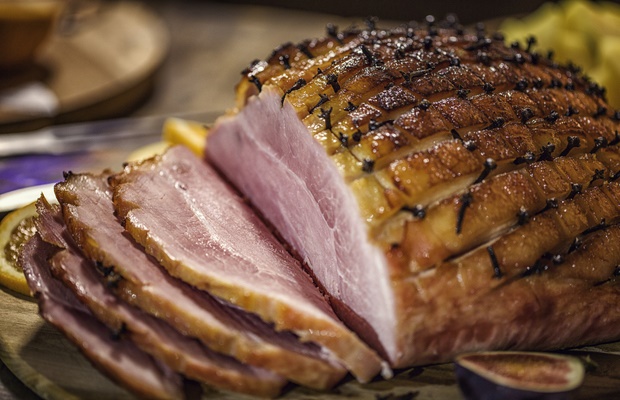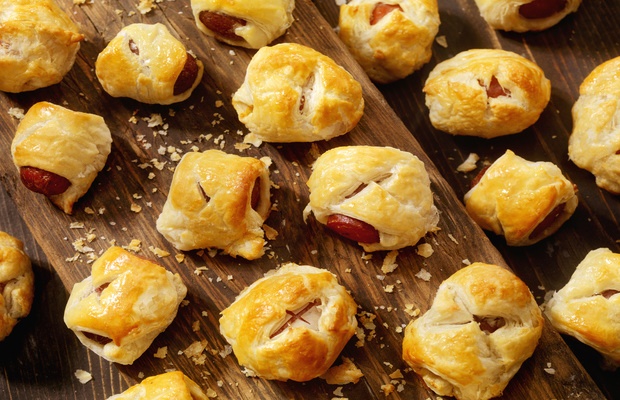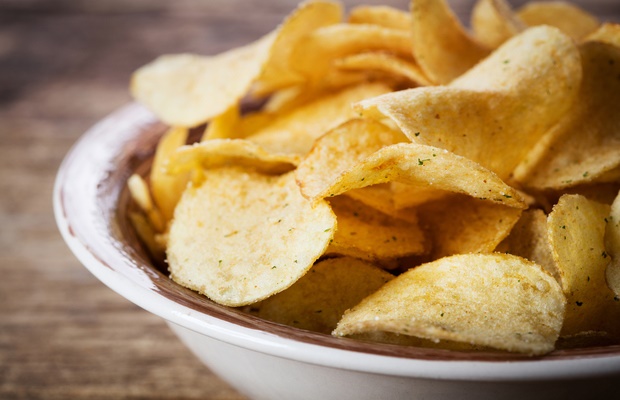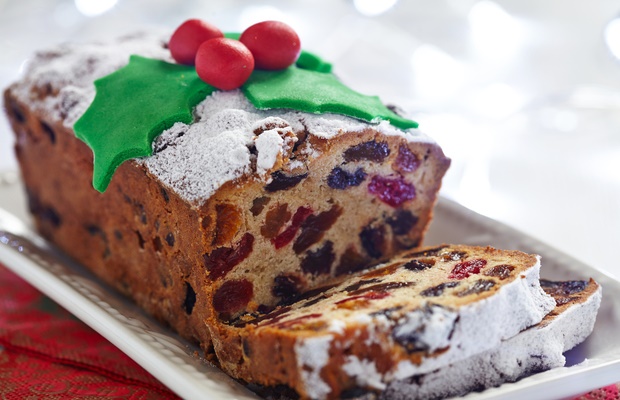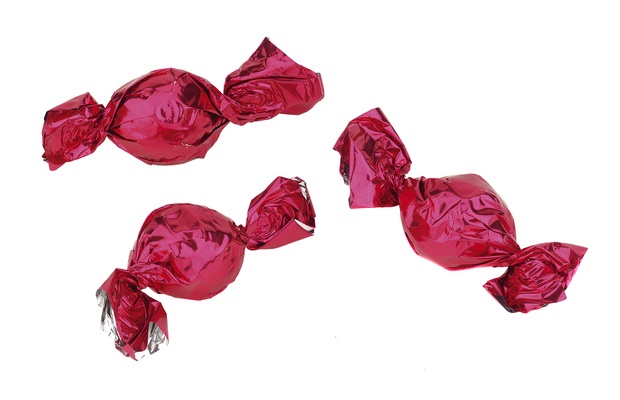
Josesph Montezinos
Unlike a sore throat or stomachache, which demand your attention, bones and muscles dont complain much unless something majorlike a break or a pullgoes wrong. But these quiet, graceful supporters need regular TLC to help your body handle the load of daily life. Heres how to keep your bones and muscles strong and capable now and in the decades to come.
Your 20s and 30s: Bone Up.
Your bones have reached 90% of their peak mass by the time you reach your 20s; after age 30 or so, the best you can do is maintain the amount youve built up. So consider this your last chance for growth! Make sure your daily diet includes 1,000 milligrams of calcium and 600 IU of vitamin D, which aids calcium absorption. If you cant get the full dose from food, bridge the gap with a supplement, but realize that with calcium, more is not better. “New data shows that excessive calcium in supplement form increases the risk of kidney stones and possibly vascular diseases,” says Felicia Cosman, MD, clinical director of the National Osteoporosis Foundation. So consume no more than 2,500 milligrams a day, she says.
Build those biceps.
Your ability to build muscle also peaks in your 20s. And if you dont do any strength training, your muscle mass will start to declineover the next 20 years, you could lose as much as half a pound of muscle per year. If youre pressed for time, you only really need to target eight major muscle groups: biceps, triceps, quads, hamstrings, calves, glutes, core (including lower back), and shoulders. You dont even have to hit them separatelyjust do a basic sequence of squats, lunges, push-ups, biceps curls, and triceps dips (two sets of 15 reps, three times a week).
Kick butts.
Besides the myriad other reasons why you shouldnt smokehello, cancer!add bone health to the list. “Smoking reduces the efficiency of the bone-building cells,” Dr. Cosman says. “Plus, it lowers your bodys production of estrogen, which could cause you to go through menopause at a younger age and put you at risk for osteoporosis.”
[ pagebreak ]
Your 40s:Pack in protein.
If youve been forgoing iron (the dumbbell kind), muscle continues to disappear in this decadeat twice the rate it did in the previous two. “Your muscles start to become infiltrated with fatyou turn from flank steak to rump roast,” says Vonda Wright, MD, an orthopedic surgeon at the University of Pittsburgh Medical Center.
The good news: Strength can be significantly improved in as little as three months. To maximize the benefits of weight-lifting, up your protein intake: “You cant build muscle without it,” says Dr. Wright, author of Fitness After 40: How to Stay Strong at Any Age. Aim to eat 0.36 grams per pound of body weight daily; a 150-pound woman would need about 54 grams. Good sources include lean meats (30 grams of protein in a 3 1/2-ounce chicken breast), low-fat dairy products (15 grams in 1/2 cup of cottage cheese), and beans (7–10 grams in 1/2 cup of cooked beans).
Jump to it. Building hip and back strength now will help you fend off osteoporosis, the loss of bone mass or density most prevalent in women over 50. Several times a week for a few minutes at a time, in addition to your regular workouts, jump rope, perform jumping jacks, do small side-to-side jumps in the driveway. Or simply do any kind of exercise in which youre on your feet, moving your bodys own weightlike racket sports, dance classes, or power-walkingfor at least 30 minutes, three or four times weekly.
[ pagebreak ]

Milena Boniek/Getty Images
Your 50s:Take it up a notch.
Women can lose up to 20% of their bone density in the five to seven years after menopause. Counteract the drain by upping your calcium to 1,200 milligrams (and continue getting 600 IU of vitamin D) daily. If youre drinking fortified juices or other beverages, be sure to shake them well before pouring, as the calcium often sinks to the bottom.
Because some recent studies suggest that calcium supplements in postmenopausal women could lead to a higher risk of heart attacks, Dr. Cosman recommends getting as much calcium from food as possible, and supplementing minimally. And stick with those weights: Numerous studies show that consistent strength training not only makes muscles stronger but also increases bone density 1 to 3% in the spine and hipthe two areas most prone to fractures in women.
Plan ahead.
All women should have had a DEXA (bone-density) scan by age 65unless youre at risk for osteoporosis, in which case you may need one earlier. Risk factors include family history; ethnicity (Caucasian and Asian women are most at risk); low body weight (a body-mass index of 19 or under); and early menopause (before age 45), either naturally or due to a hysterectomy or removal of ovaries. Talk to your doctor about your personal risk factors now so you can minimize their impactand maximize your strength in the future.




